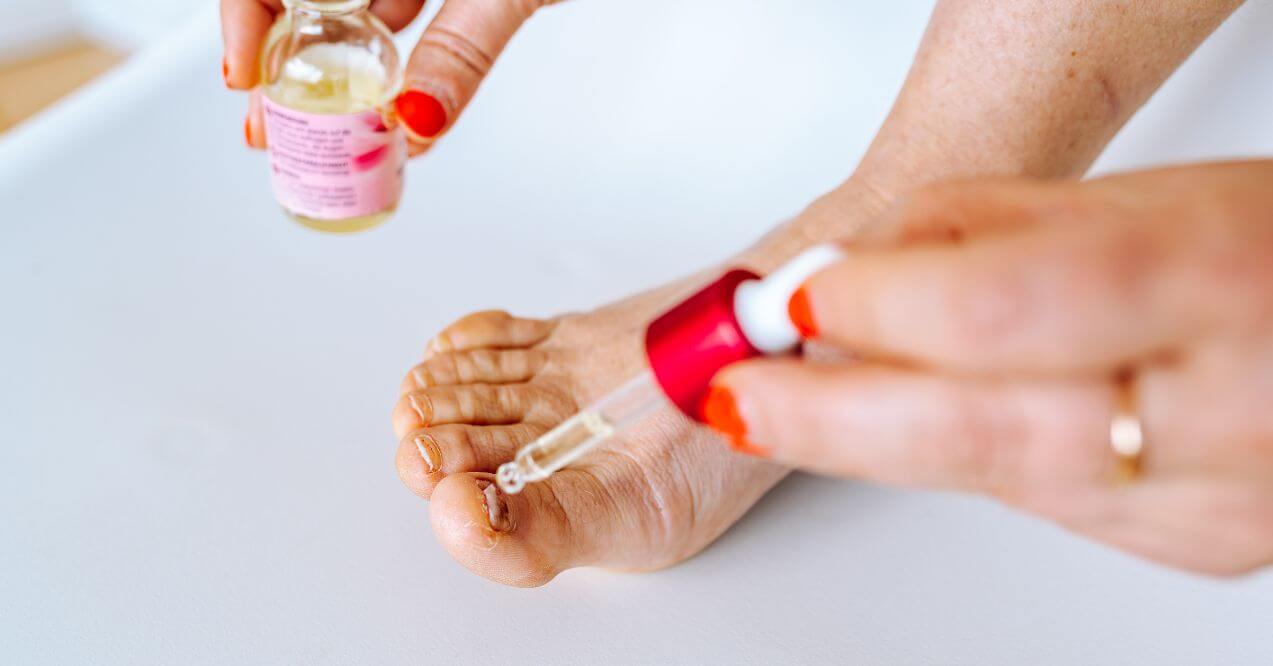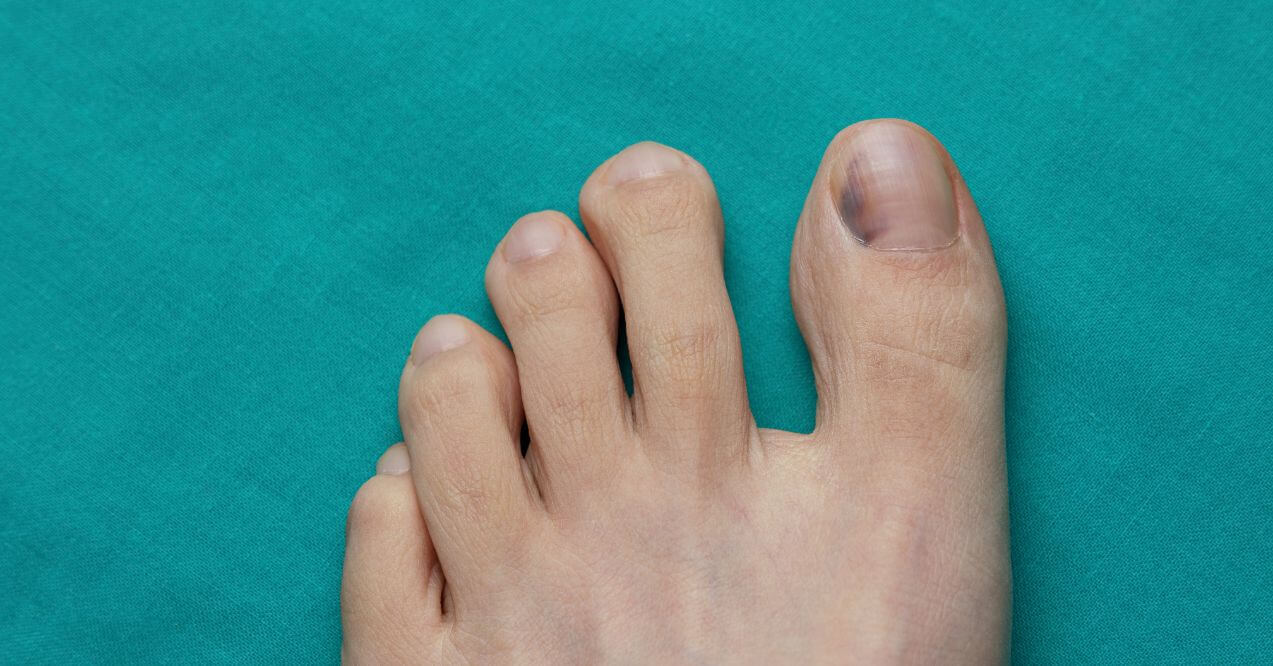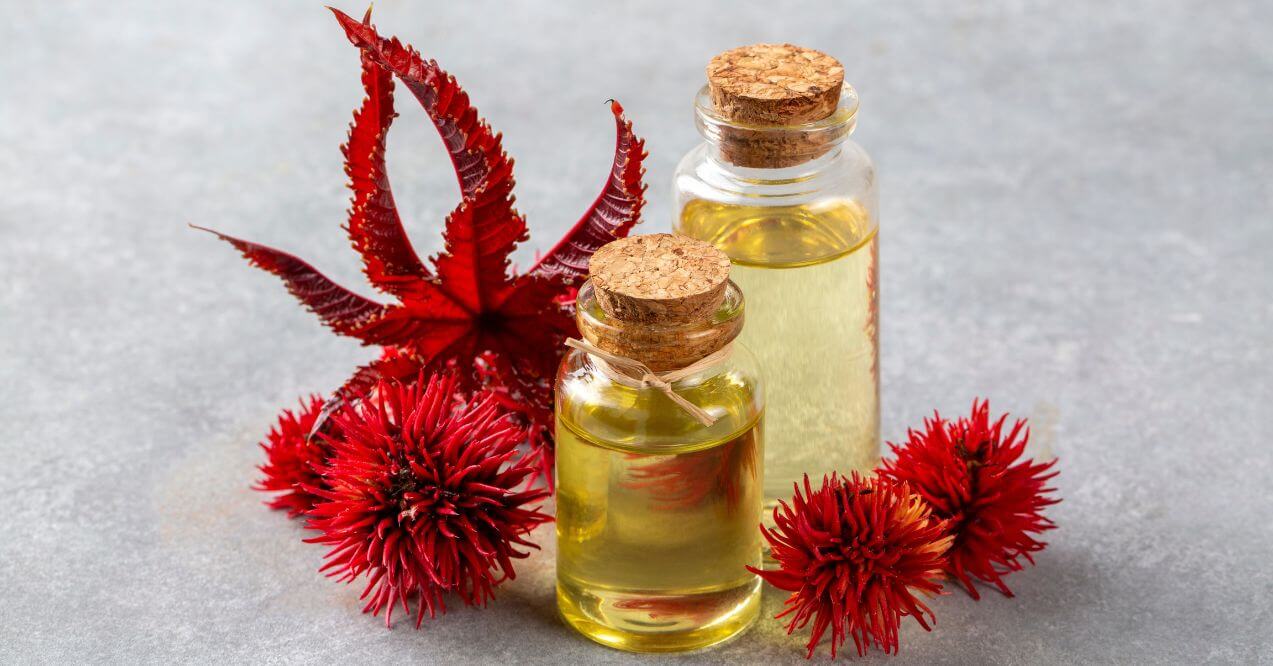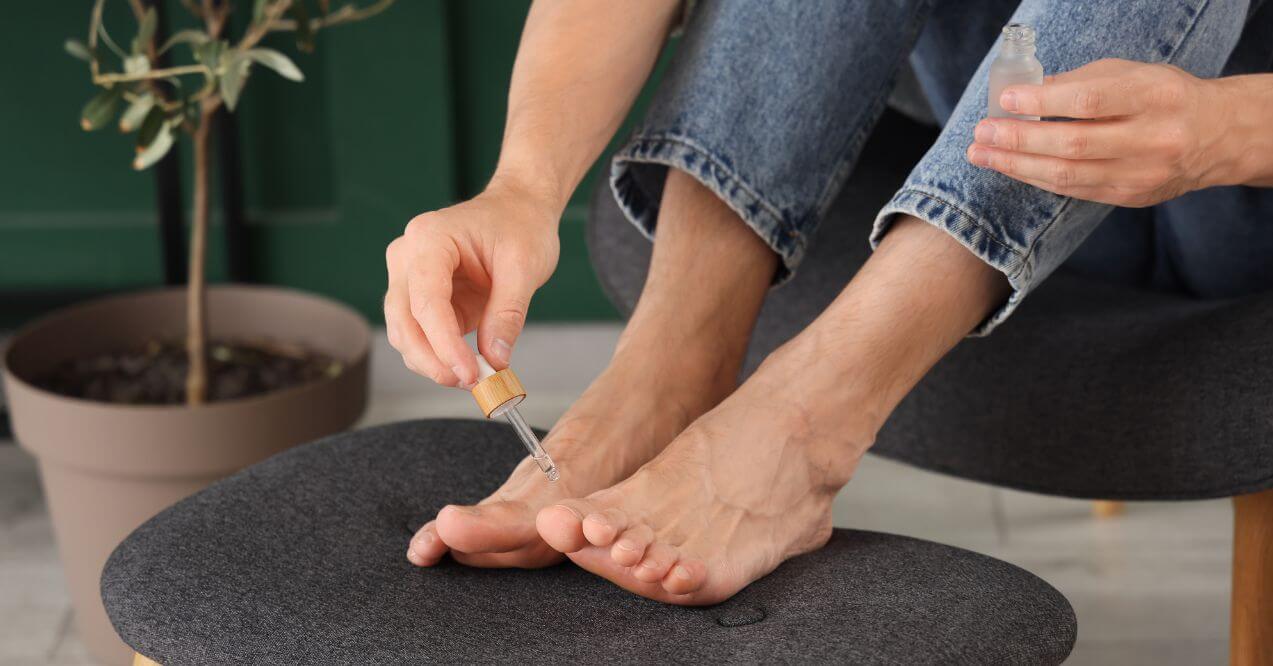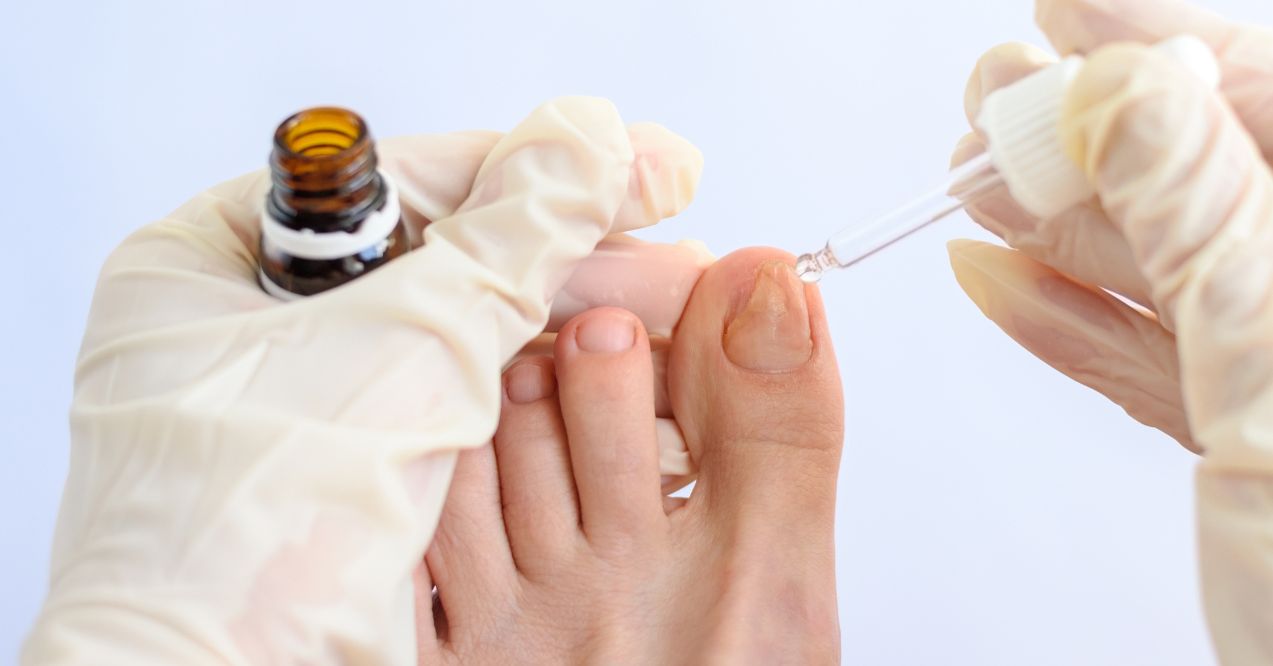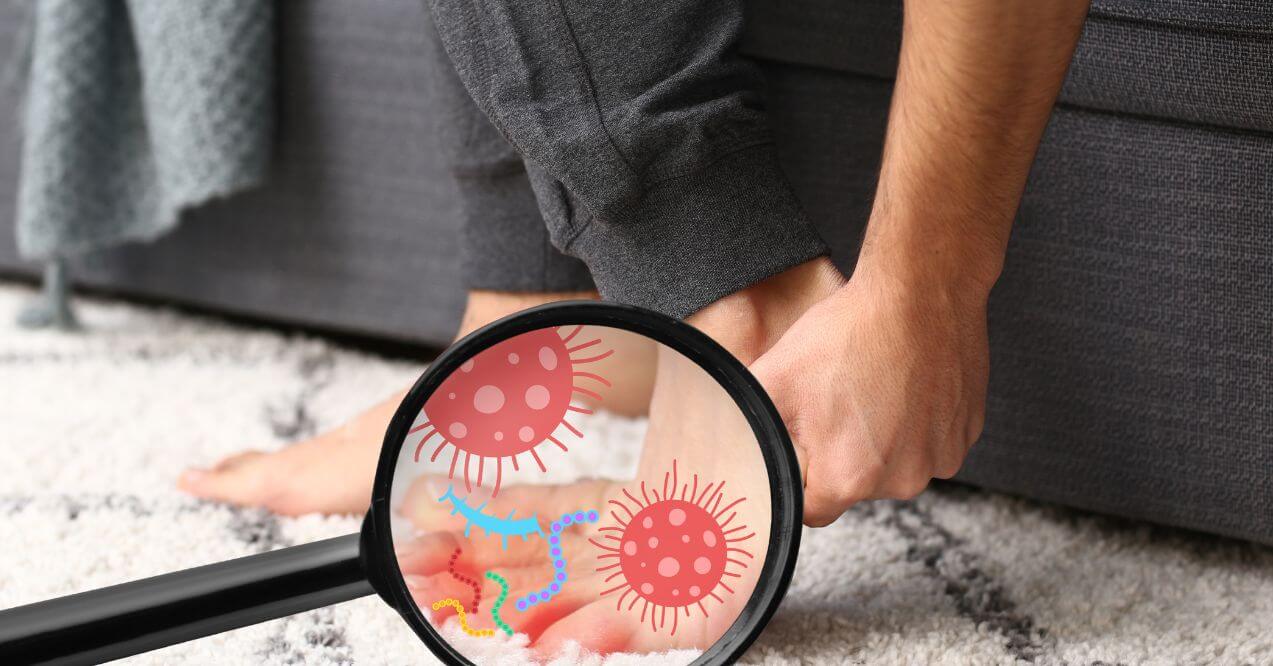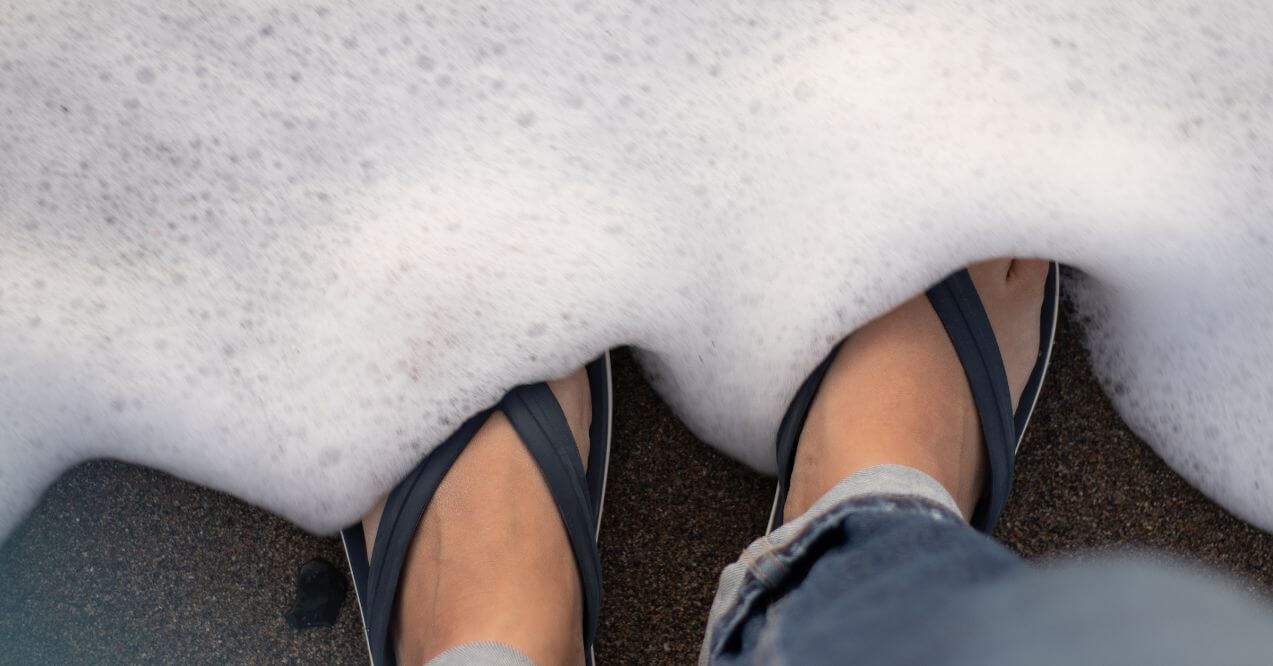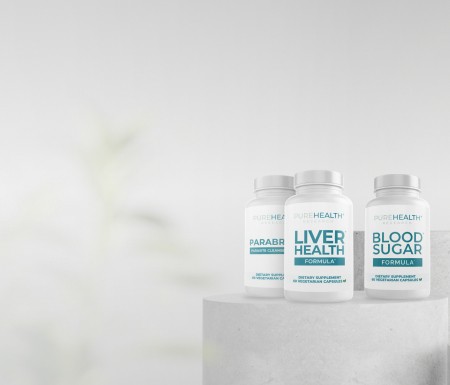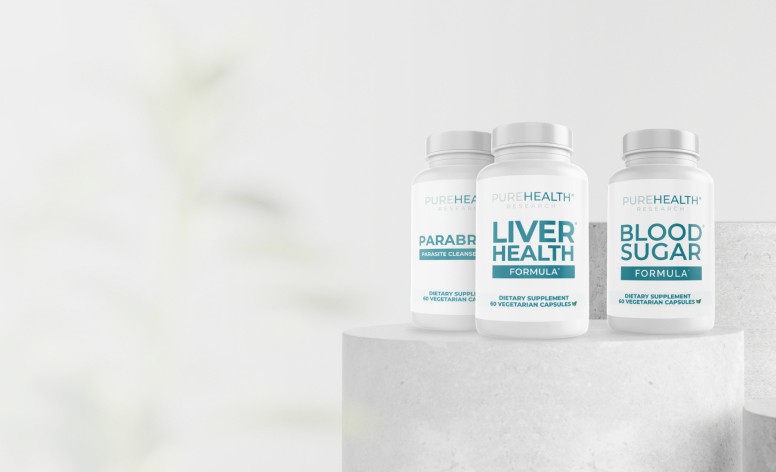How to Know if Toenail Fungus is Dying (Ultimate Guide 2025)
Medically reviewed by our experts
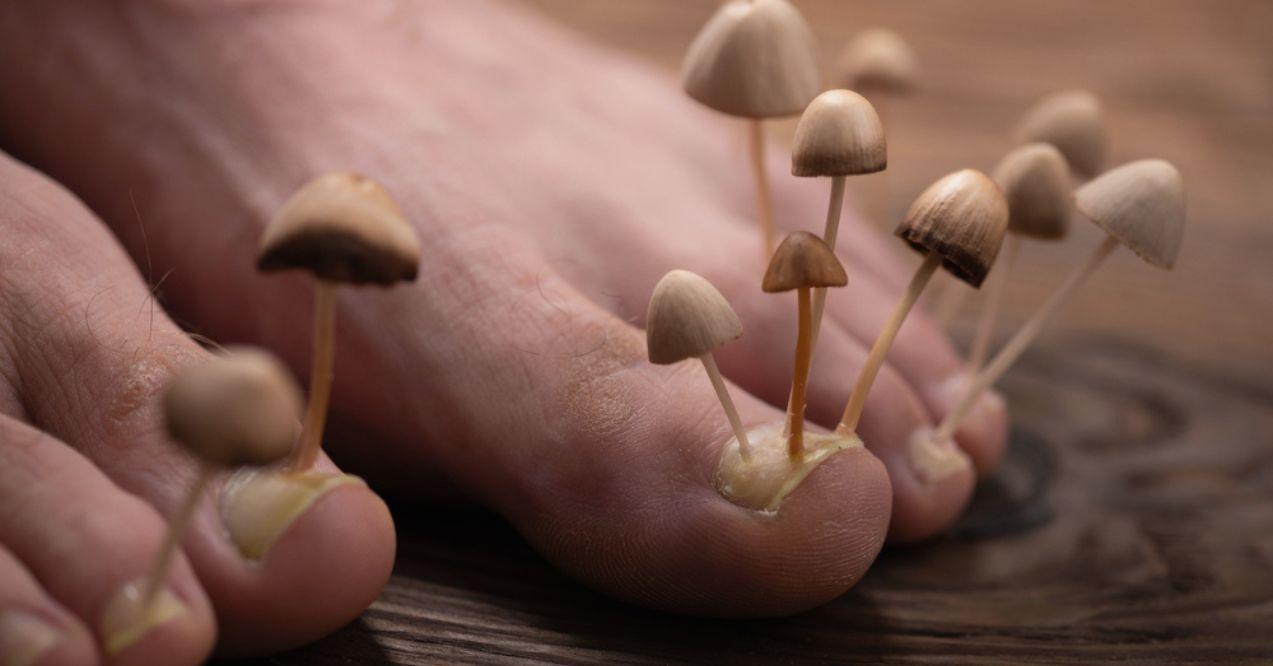

If you’re dealing with onychomycosis or wondering how to know if toenail fungus is dying, you’re not alone. This common condition leads to thickened, discolored nails and thrives in warm, moist environments, making it difficult to eliminate.
There are a variety of ways to fight back, from creams and pills, bleach for toenail fungus to laser treatments and natural strategies. Some people even turn to readily available household items like alcohol, which, thanks to its drying and disinfecting properties, can help kill fungus on the surface of the nail. But to really know if you’re winning the battle, you need to keep an eye on the fungus’s lifecycle and watch for certain changes.
This guide will help you spot the changes that indicate your toenail fungus is fading and provide helpful tips to speed up recovery.
What Causes Toenail Fungus?
Toenail fungus, or onychomycosis, is primarily caused by exposure to dermatophyte fungi, which thrive in warm, moist environments. Individuals who frequent communal areas like swimming pools, gyms, and locker rooms are more susceptible to these fungi. Poor foot hygiene, such as not drying the feet thoroughly or wearing tight, non-breathable shoes, creates an environment conducive to fungal growth.
Moreover, compromised nail integrity, such as cuts or injuries, provides an entry point for fungi to infiltrate and establish an infection. Individuals with weakened immune systems, diabetes, or circulatory issues are at a higher risk, as these conditions diminish the body’s ability to fend off fungal invaders.
Is nail fungus contagious? It certainly is. The infection can spread through direct contact with contaminated surfaces or by sharing personal items like nail clippers and shoes. This emphasizes the importance of practicing good hygiene and refraining from sharing items that may harbor fungal spores.
Understanding the multifaceted causes of toenail fungus is essential for prevention and effective treatment. By adopting proper foot care practices and avoiding potential sources of infection, individuals can reduce their susceptibility to this common and bothersome condition.
Now that you know the causes, let’s answer your burning question: how do I know if toenail fungus is dying?
How to Know if Toenail Fungus is Dying?
Can toenail fungus spread internally? It’s important to note that while toenail fungus doesn’t usually do that, it can be persistent and challenging to eradicate completely. Effective treatment often requires consistent and long-term efforts, including topical or oral antifungal medications, laser therapy, or, in severe cases, surgical intervention.
Now, let’s get on to the crucial portion of this piece. Let’s discuss how to know if toenail fungus is dying. By noting the following indicators, you’ll know whether treatment is working or not.
Indicator No. 1: Changes in Color
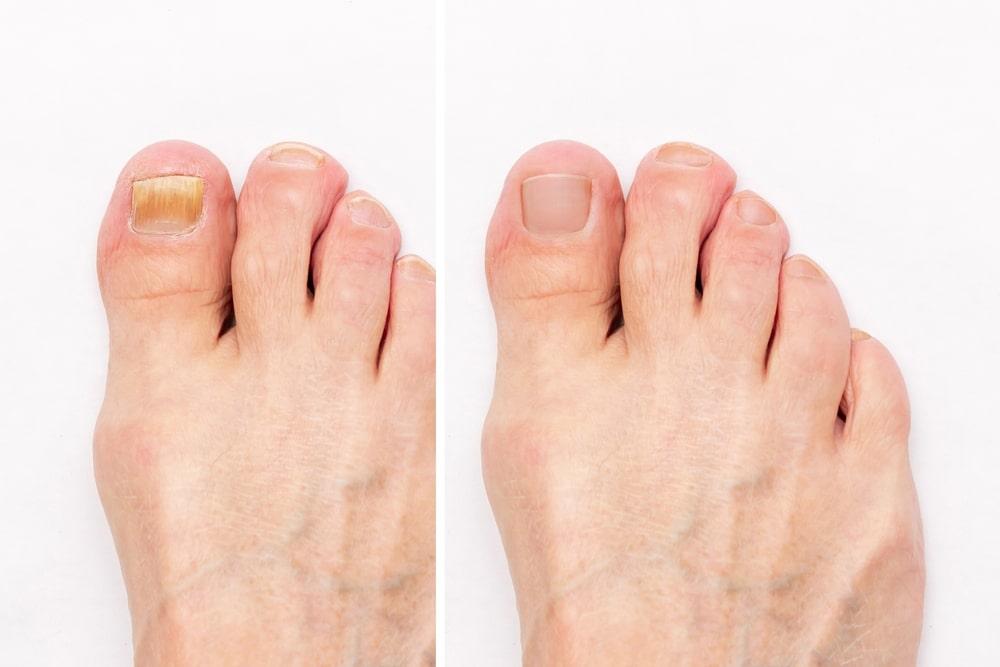
If you’re wondering how to know if toenail fungus is dying, here’s the first clue. Monitoring changes in toenail color is a key indicator in deciphering whether toenail fungus is succumbing to treatment. What does toenail fungus look like? Infected nails often exhibit a yellow or brownish discoloration due to the presence of fungi, creating an unsightly appearance.
As the fungus begins to die off, a gradual shift in color becomes evident. The once-discolored areas may transform, fading from yellow or brown tones to a more natural and healthier shade.
Understanding what toenail fungus looks like is crucial for early detection and intervention. Typically, the fungus manifests as thickened, brittle nails with discoloration, and sometimes a foul odor. Observing the reversal of these color changes signifies progress in the battle against the infection.
The emergence of a clearer, more translucent appearance in the nail is indicative of a positive response to treatment, offering assurance that the efforts employed are effectively addressing the fungal presence and promoting overall nail health.
Indicator No. 2: Changes in Texture

Another answer for how to tell if toenail fungus is dying lies in texture. Examining changes in toenail texture provides valuable insights into the effectiveness of toenail fungus treatment. As the fungus begins to recede, infected nails often exhibit a brittle and uneven texture, making them prone to cracking and splitting. Observing a reversal in texture is a positive sign that the fungus is undergoing treatment-induced changes.
During the stages of toenail fungus treatment, the affected nail may gradually regain its normal texture. This transformation involves a reduction in brittleness and an overall improvement in the smoothness of the nail surface. The once-thickened and distorted nail may start to resemble its healthier counterpart as the fungal infection diminishes.
Understanding these textural changes complements the broader assessment of toenail fungus recovery. By recognizing improvements in texture, individuals can gain confidence in the efficacy of their chosen treatment methods and anticipate the eventual restoration of a healthier, more resilient toenail.
Indicator No. 3: Overall Appearance of the Toenail
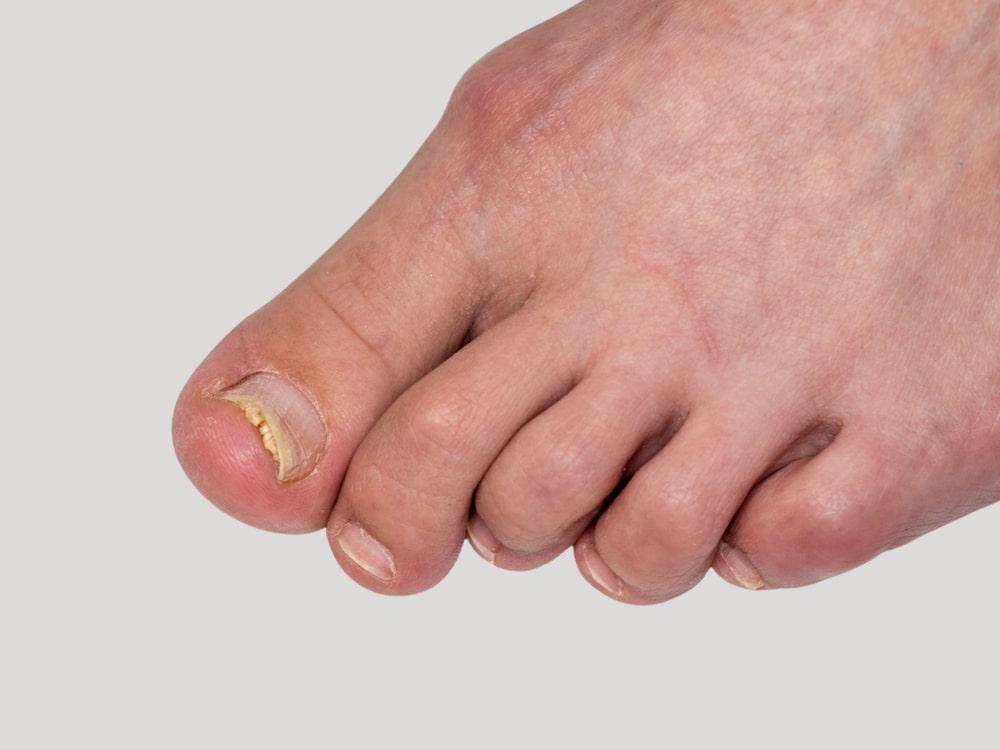
Observing the overall appearance of the toenail is a comprehensive approach to understanding if the toenail fungus is succumbing to treatment. One notable change is the reduction or elimination of any foul smell associated with the infection. Fungal overgrowth often results in an unpleasant odor emanating from the affected toenail. As the fungus dies off, this malodor tends to diminish, indicating a positive shift in the nail’s health.
Another significant transformation involves the toenail adhering better to the nail bed. During a fungal infection, the nail may lift or separate from the nail bed, contributing to discomfort and potential complications. As the fungus is effectively treated, the toenail is likely to exhibit improved adherence, gradually returning to its normal position.
Addressing the question of “why do my toenails smell” becomes crucial in recognizing the presence of toenail fungus. A foul smell is a common symptom, and its reduction signals progress in the healing process. By monitoring these overall changes in the toenail’s appearance, individuals can gauge the effectiveness of their chosen treatment methods and look forward to the restoration of a healthier, more aesthetically pleasing toenail.
Toenail Fungus Supplements: An Answer by PureHealth Research
What do you do with all this information on the key indicators of dying toenail fungus? Now, you can determine if your treatment is working. If your current solution isn’t providing sufficient results, it’s time to turn your attention to PureHealth Research’s supplements for toenail fungus.
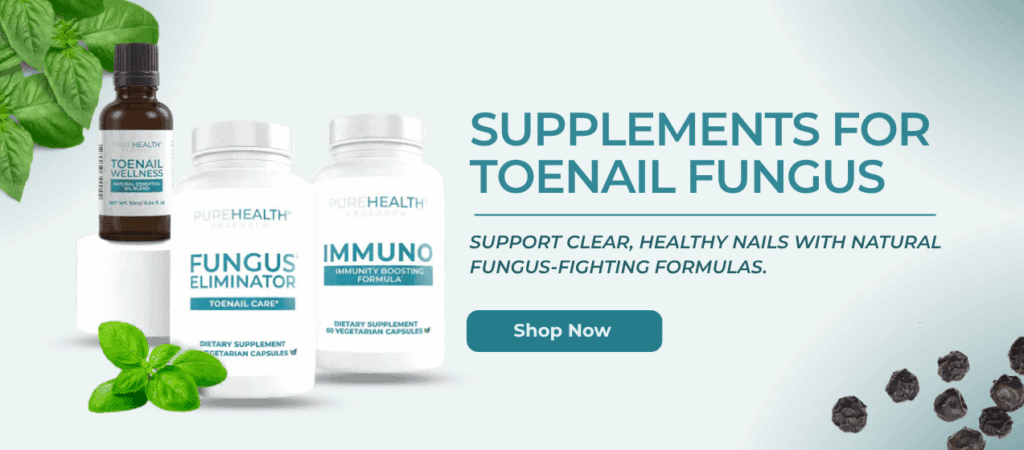
These natural remedies harness the power of nature without resorting to immune-compromising antibiotics. Embrace the potential of natural solutions to address toenail fungus, promoting both the eradication of the infection and the enhancement of your overall immune system.
Conclusion
Wondering how to know if toenail fungus is dying? Now that you’ve reached the end of this article, the answer should be at the top of your mind. By identifying color, texture, and smell changes, you’ll know if your current treatment is effective.
Remember, recognizing what toenail fungus looks like and acknowledging the contagious nature of the infection are vital steps in prevention and treatment. Whether you’re opting for natural remedies like oregano, basil, or the versatile apple cider vinegar, the key lies in consistency and patience. That rule applies to natural supplements for toenail fungus, too.
Signs of dying toenail fungus include a shift in color, often from yellow or brown to a healthier shade, improvement in texture with reduced brittleness, an overall adherence of the nail to the bed, and a decrease in foul odor.
Infected nails, often discolored in shades of yellow or brown, gradually shift toward a healthier and more natural hue. This transformation signifies progress in the treatment.
The texture of your toenail undergoes positive changes as the fungus begins to die. Infected nails, typically brittle and uneven, show improvement with reduced brittleness.
The overall appearance of your toenail undergoes positive changes as the fungus dies. Foul odors diminish, and the nail adheres better to the nail bed.
The timeline for observing signs of dying toenail fungus varies. Typically, noticeable changes, such as shifts in color or texture, may become apparent within weeks to months of consistent treatment. Individual responses vary, and patience is crucial in observing positive transformations, indicating the fungus is receding.
Popular Articles
Advertisement. This site offers health, wellness, fitness and nutritional information and is designed for educational purposes only. You should not rely on this information as a substitute for, nor does it replace, professional medical advice, diagnosis, or treatment. If you have any concerns or questions about your health, you should always consult with a physician or other health-care professional. Do not disregard, avoid or delay obtaining medical or health related advice from your health-care professional because of something you may have read on this site. The use of any information provided on this site is solely at your own risk.




